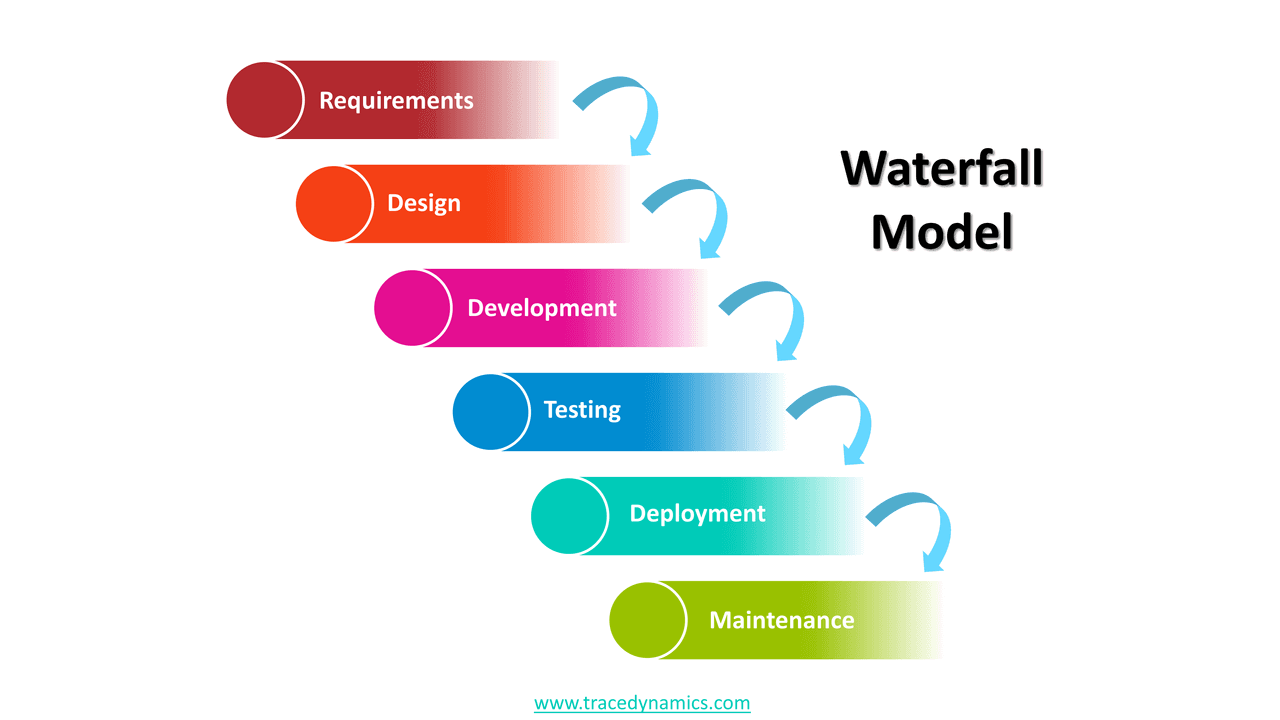

intermediate and final delivery dates may be delayed due to limited resources.the model is perfect for developing products that require constant updates.if necessary, the product can be released with minimal functionality after the first delivery.risks associated with costs and schedule compliance can be reviewed.it is possible to control the course of development.changes and new requirements can be introduced gradually.The sequence of stages in Iterative model The sequence of stages during development, in this case, will look like this:


Thus, product improvements are planned and take place throughout the entire development life cycle.
Sequential sdlc model software#
not suitable for long-term projects where changes may be required at any stage.Īccording to this model, the software is developed in a linear sequence of stages, but in several iterations.the model does not provide activities aimed at risk analysis.product can be released only when it passes all stages.you cannot go back to the previous stages to make changes to the project.perfect for short and medium-term projects, with clear, not changing requirements.easy to identify key development points.the model is easy to understand and apply.The sequence of stages in the Waterfall model The sequence of stages in the Waterfall model is as follows: In order to begin a new stage, it is necessary to complete the previous one. There are five basic models of the development life cycle to facilitate the planning of design, development and release of a quality product:Įach stage of the project is carried out once and in strict sequence.
Sequential sdlc model code#
It is the stage of transmission of the project code into working condition on a specific machine, adaptation, launch and testing on a new machine. Programmers begin to write code based on the requirements defined earlier Īt this stage, QA engineers look for inconsistencies with customer requirements in a developed product and report them to developers for revision Most technical issues are solved at this stage, for example, which technologies are better to use to develop a specific application, or how frontend and backend components should interact with each other, etc. As a result, the parties come to a common decision (this is an extremely important stage since the project requirements are the determining factor when choosing a model) Still, five main stages of the life cycle have their place in each model:Īt this stage, the client’s requirements for the final product are discussed, analyzed, and adjusted. These models in particular determine the development stages of a new product, its sequence and cyclicality. Stages of software development life cycle The software development life cycle (SDLC) is a process that begins from the moment you decide to develop a product and ends when this product is completely removed from service. What is a software development life cycle? We will tell you what the life cycle is, what models are used more often and which model is the best one for developing your product. In today’s article, we will talk specifically about such a life cycle and its models. Have you ever thought that the notion “life cycle” can refer not only to living beings? Everything has a life cycle: organizations, brands, machines, and even software.


 0 kommentar(er)
0 kommentar(er)
